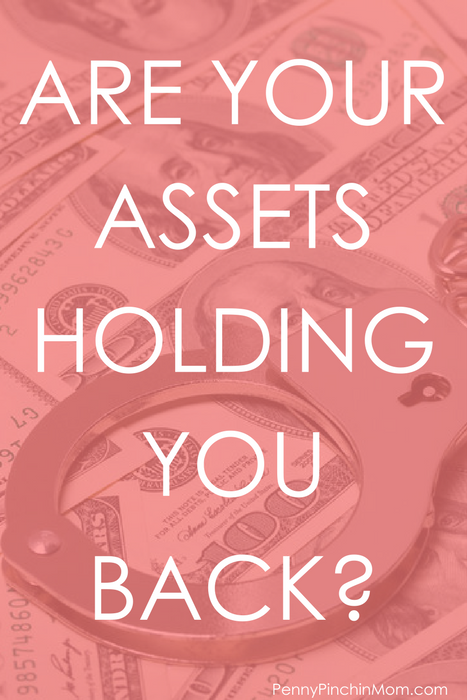This is the third in a series of articles by CommunityAmerica Credit Union. The series will tackle personal debt by planting the seeds of savings and making smart downsizing choices. For some, this may be a way to get started on a positive foot. For others, it’s a chance to start over after years of overspending. Regardless of your reason, we’ll help you navigate how to downsize realistically.
A home isn’t your only asset. There are cars, boats, property and all sorts of other valuables that contribute to your collective household wealth. In the process of prioritizing your finances and reducing debt, you don’t have to rid your life of all pleasures.
However, you may need to take a closer look at how your assets could get you ahead. We’ll share some thought-starters on how to look at which assets are the most important. We’ll also provide tips on how to approach the others with a critical eye.
What are the Assets in Your Home?
Technically speaking, an asset is something you may take insurance out on or need to include in a financial application. However, there may be high-value items collecting dust that, if put to better use, could provide a leg up. For example, unused jewelry, furniture, appliances, musical equipment, exercise equipment and collections. You may have a strong emotional tie to these items. A good rule of thumb is, if you haven’t used them in six months, it’s time to say goodbye. This could contribute anywhere from $1,000-$10,000 towards your debt repayment.
Robbing Peter to Pay Paul
It’s tempting to take out a home equity loan or refinance your debt to wipe out credit cards. However, this isn’t a “one size fits all” solution. Your spending habits must change to truly make a difference. If discipline isn’t applied, you may find yourself paying down a loan and more credit card debt later.
It’s also wise to refrain from draining a 401k account, if at all possible. You not only have to pay penalties in many cases, but also lose out on the compound interest you’ve accrued.
Is Your Car and Home Serving a Need or Want?
It’s hard to make an argument for selling off and living without a car these days. The bus system is always a viable alternative, but can be limiting when you have a family to haul around. Fortunately, this doesn’t have to be a black or white decision. Instead, truly evaluate what you need out of the vehicle. Are you driving around a $40,000 gas-guzzling SUV, but don’t have any kids or a need for travel space? Did you overspend just to have a particular label on your car hood? Luckily, luxury options including leather seats and automatic features come in even standard models now. You don’t have to sacrifice those things. But, you may need to drive an older car with more miles to attain a reasonable monthly payment.
The same can be said for transitioning from a rental to a small home. You may be glad to kiss the upgrades and amenities of a high-end apartment goodbye with a lower payment. Investment in small home, especially with today’s still-low rates, may allow you the chance to build equity faster.
Maximize What You’ve Got
It’s not all about selling. It’s good practice to put your existing investments under the microscope as well. If you have a 401k or other investment account, take time each year to review your allocations. Meet with a qualified advisor who will help ensure your money lands in the right places.
Juggling assets can be tricky business, especially if you are struggling with mounting debt. When in doubt, consult with a trusted financial institution. Professional teams can help you create a long-term plan that ends with no debt and a healthy savings account.
Up next: Are you overspending every month like clockwork on eating out? We’ll share some turnkey tips for dialing back on food expenses each month.
The blog and its opinions are expressly that of its author and does not convey the opinions or strategies of the Credit Union and should not be considered financial advice.
